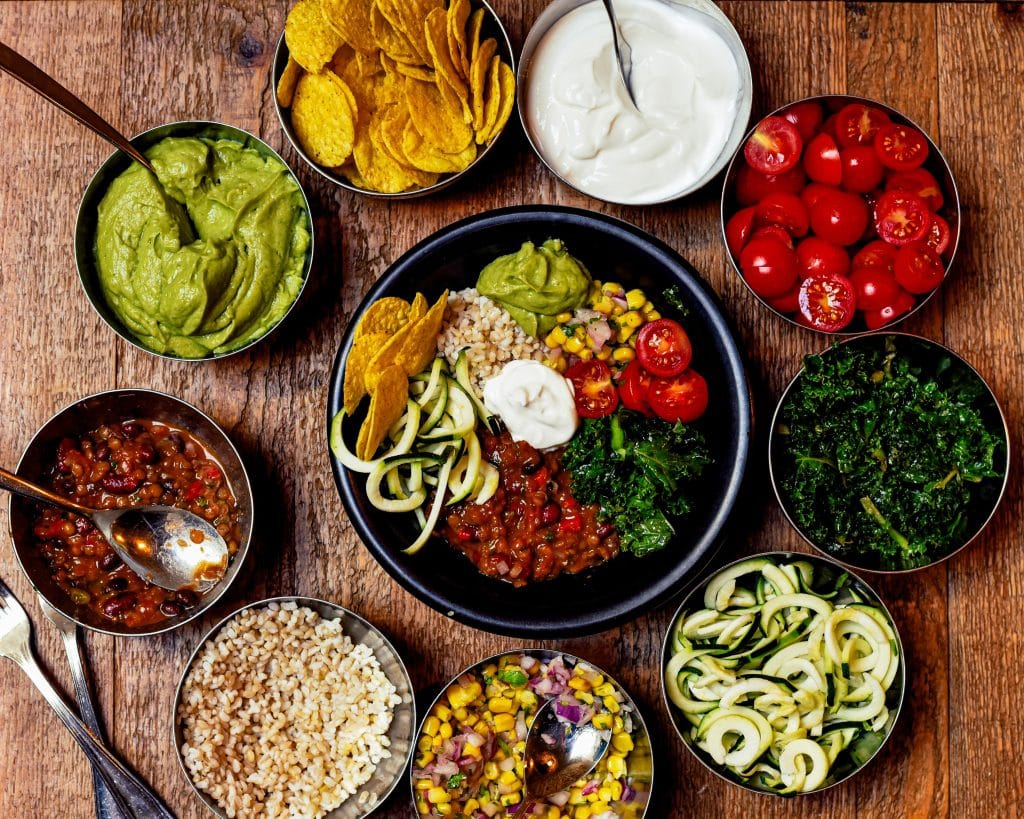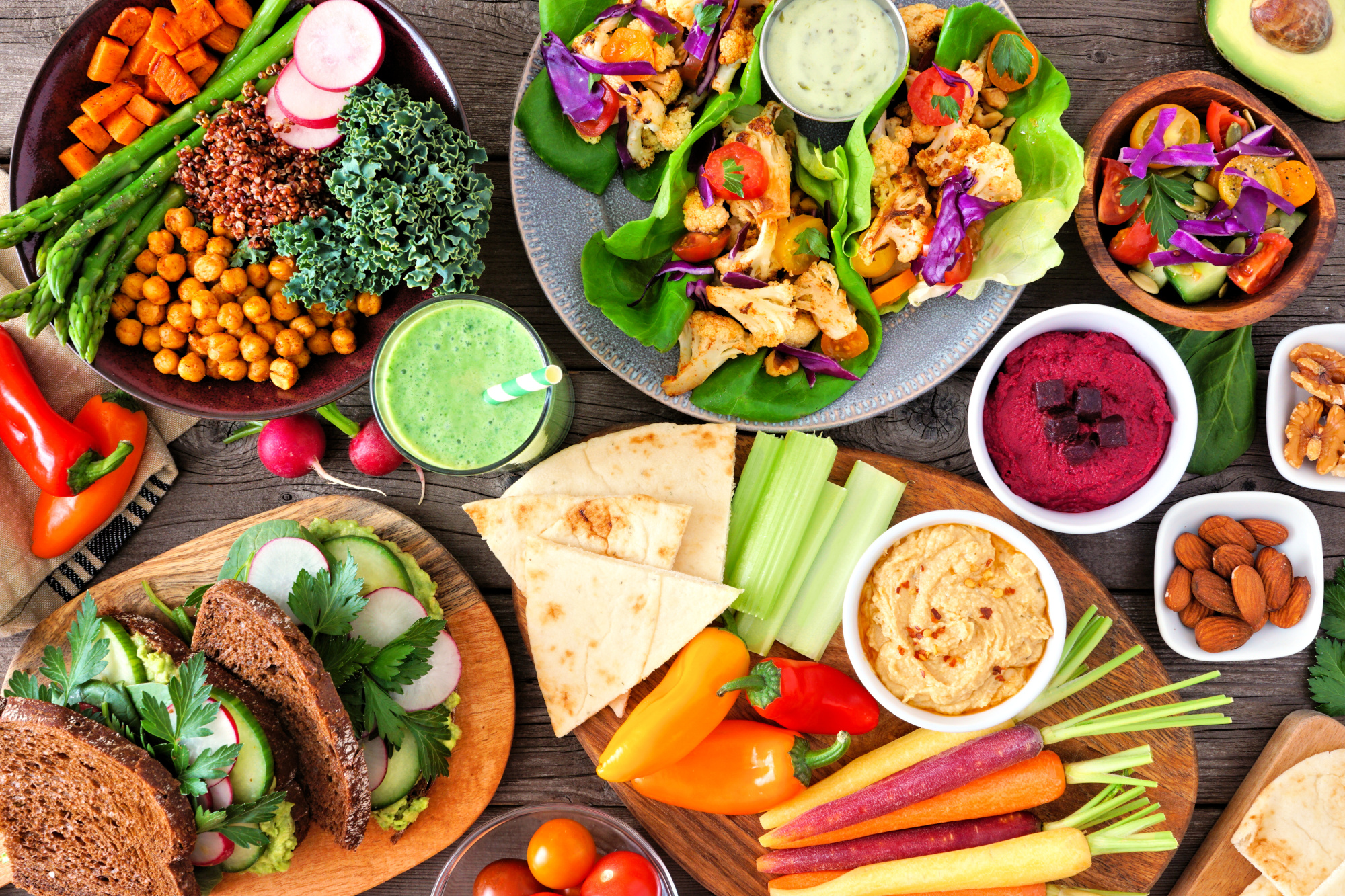Must-know insights from Forbes’ 30-under-30 honouree, Floor Buitelaar
The alt-protein world is blessed with countless innovators working to transform the global food system – the Netherlands’ Floor Buitelaar is one of them.
The Co-Founder of Bright Green Partners, a global consulting firm specialising in alternative proteins, was recently recognised by Forbes’ 30-under-30 List. The esteemed list illustrates the power that young entrepreneurs and leaders have to remould business and society.
At ProVeg, we love to celebrate fellow food system-changers. Following the 30-under-30 announcement, we caught up with Floor to share with you her top insights and advice for start-ups in the alt-protein sector.
Congratulations on receiving the esteemed 30-under-30 honour from Forbes! What does this recognition mean for you, Bright Green Partners, and the alt-protein industry?
The recognition speaks for the alt-protein industry’s sustainable impact and financial potential. It is an honour to receive this prize with my co-founder, Geza Molnar. We established Bright Green Partners to create a commercial-focused organisation that drives positive change by helping prominent, influential players transform.
This acknowledgement serves as valuable feedback and will help raise awareness about our work as we continue to support more corporations in their transition to financially viable alt-protein activities.

Are there still whitespaces in the alt-protein industry that start-ups and established companies can and should take advantage of?
Absolutely! The industry is still young, with numerous untapped areas and opportunities for improvement. With only a few established players, there is ample room for start-ups and established companies to explore and innovate in various segments. Here are three example opportunities to tap into:
- Alternative seafood: While plant-based meat and dairy alternatives have gained significant attention, there is still a considerable opportunity to develop alternative seafood products. Innovating in this area could address overfishing, ocean pollution, and the demand for more sustainable seafood options. Start-ups and established companies can explore plant-based, fermentation-derived, or cell-based seafood alternatives to cater to this growing market.
“Companies can capitalise on the opportunity to design, build, and manage dedicated facilities and equipment for alternative protein production.”
Floor Buitelaar, Co-Founder Bright Green Futures
- Novel protein sources: Developing new protein sources, such as microorganisms (e.g., algae, fungi, and bacteria), offers significant whitespace opportunities. These alternative protein sources can potentially provide sustainable, nutrient-dense, and cost-effective options for various food applications. Companies can explore incorporating these novel protein sources into their products or focus on improving their production processes.
- Infrastructure development: Scaling existing and future alternative protein solutions requires the development of robust and efficient infrastructure. Companies can capitalise on the opportunity to design, build, and manage dedicated facilities and equipment for alternative protein production. This can include modular and scalable production plants, specialised bioreactors for cell-based protein cultivation, or facilities for optimising fermentation processes. By providing the necessary infrastructure, these companies can help accelerate the growth and adoption of alternative proteins across the industry.
What sustainable food innovations will lead the future of food production?
Taste remains paramount for consumer adoption. Successful sustainable food innovations will be both delicious and eco-friendly. Future food products will likely focus on egg, bakery, and fish products, expanding upon current meat, yoghurt, and milk alternatives. As Gen Z customers become dominant, the demand for convenient, tasty, healthy, and sustainable food options will increase.

What three pieces of advice do you have for start-ups keen to step into the alt-protein industry?
- Technology first: Focus on developing unique products backed by solid technology rather than relying solely on branding. This will set you apart from competitors in the long-run.
- Focus on taste: A delicious product or ingredient is crucial for customer retention.
- Ensure scalability: Keeping scalability in mind throughout product development will drive growth and maximise your influence in the industry.



